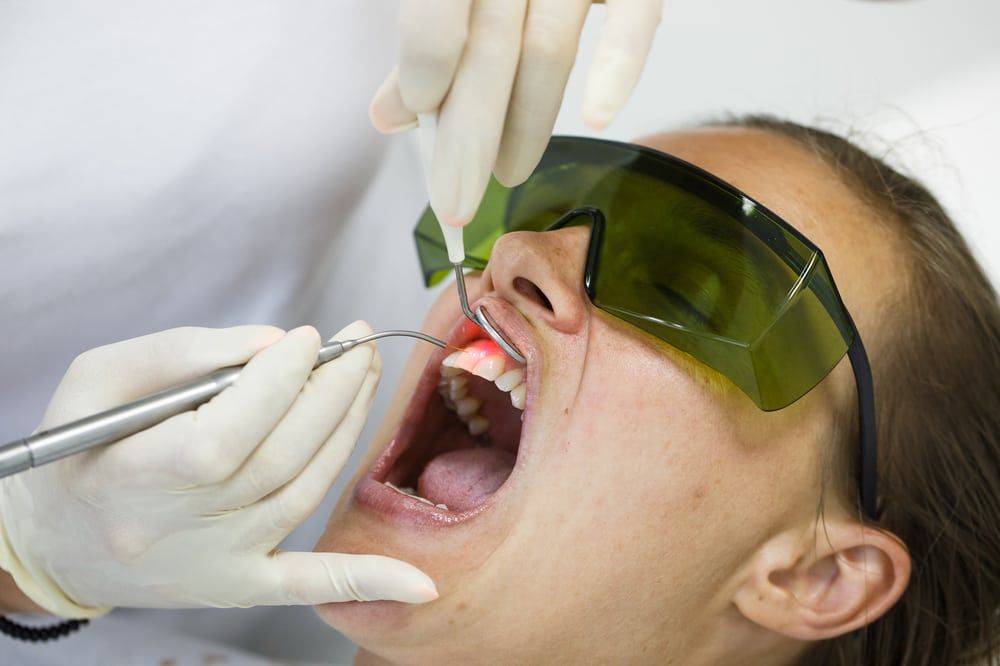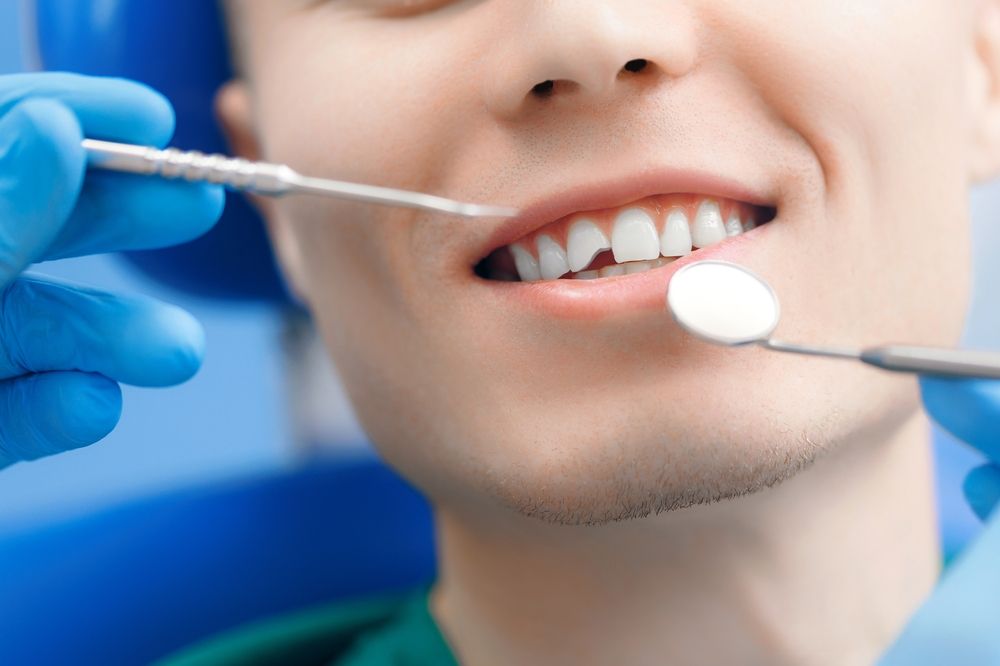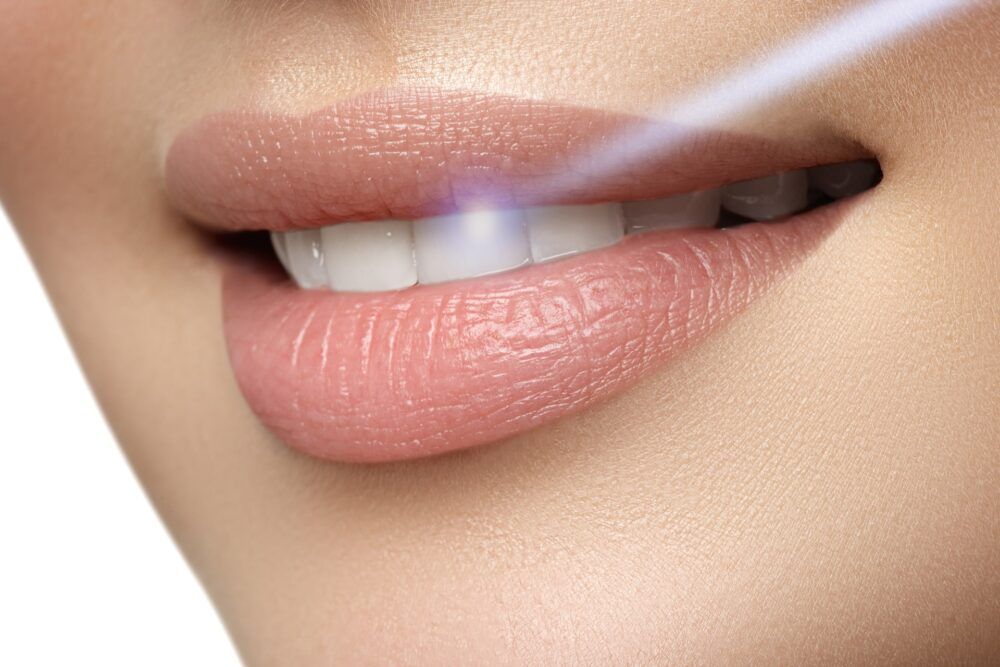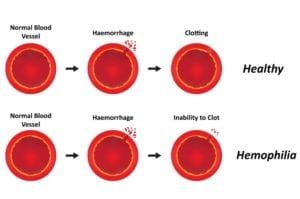Lasers are rapidly becoming a standard in dentistry and periodontics due to their pinpoint accuracy and diverse functionality. Periolase® is an FDA approved laser used to carry out laser periodontal therapy for the treatment of periodontal gum disease. Periolase treatment features laser pulses that can be used at flexible settings to remove infected tissues from the gum line and also promote clotting and healing following the procedure. Periolase treatments are fast, effective, and require minimal downtime.
Did you know…
that Periolase has been approved by the Food and Drug Administration for use in periodontics since 2004? In fact, Periolase was the first dental laser on the market to ever receive FDA approval. Today, Periolase continues to be used for the treatment of advanced periodontal disease – boasting 100 percent accuracy for use in gum tissue reconstruction.
Frequently Asked Questions
Am I a candidate for Periolase?
You are probably a candidate for Periolase treatment if you have been diagnosed with moderate to severe periodontal disease. Even if you have undergone surgery or another treatment for periodontal disease in the past, you may still be a candidate for Periolase if your gingivitis or periodontitis has returned. To find out more about Periolase and whether it’s right for you, call our office to schedule a periodontal consultation.
What should I expect during Periolase-assisted laser treatment?
During periodontal treatment using Periolase technology, a very small laser is placed into the gum pockets caused by harmful bacteria. The laser gently targets diseased tissues, removing them and leaving behind only healthy gum and bone. Your periodontist will then thoroughly clean your teeth before using Periolase to help form a clot in the pocket. This clot helps the gum tissues begin healing, regenerating and bonding to the tooth surface again.
What should I expect following Periolase treatment?
One of the advantages of Periolase is that it requires minimal downtime. In fact, you’ll probably experience minimal bleeding, very little discomfort, and will not require any time off from work. As the gums begin to heal and reattach to your teeth where pockets once were, your teeth will become more secure, and your gums will become less inflamed.











































































































































































































































































































